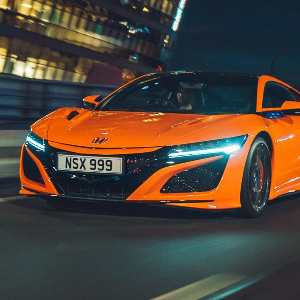
The crossover market is hugely competitive – James Baggott went to Greece to see if the lightly refreshed Captur is worthy of attention
What is it?
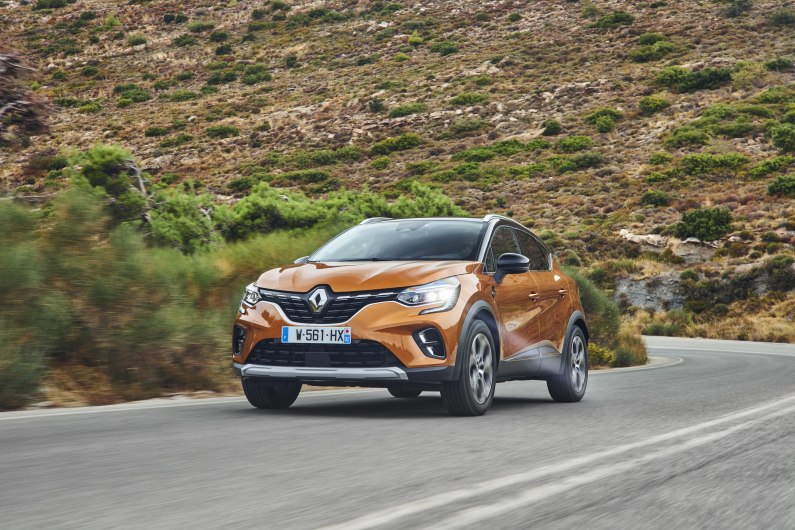
(Renault)
Crossovers continue to be number one on the menu for UK buyers, and after making large strides in the MPV market before it, Renault has flipped its business into the crossover market looking for similar results.
With the larger Koleos and Kadjar receiving recent updates, the final piece of the brand’s SUV puzzle is getting an update, too. And here it is, the new Captur.
Sitting at the compact end of the market, the Captur comes with styling updates, an improved interior finish and brand new engines. But is that enough to boost the Captur’s popularity?
What’s new?
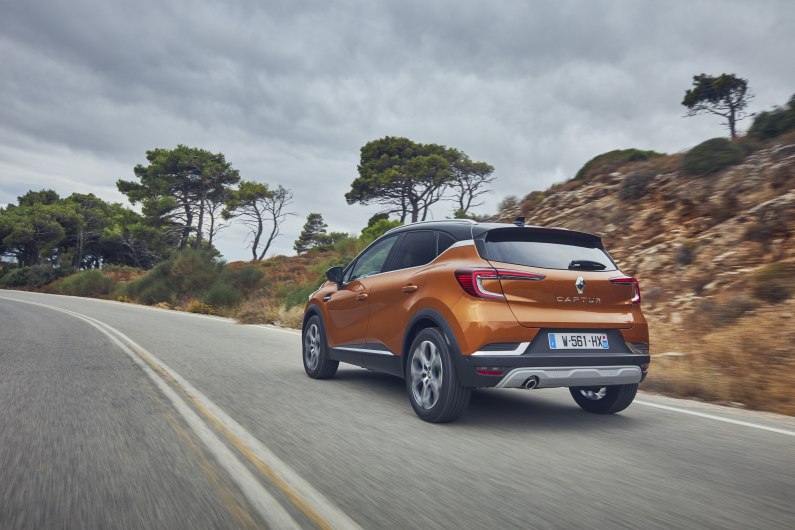
(Renault)
With this second generation version, Renault has refined the Captur’s design and it shares a lot of attributes with the new Clio. With the crossover sitting on the same platform as the smaller car, it also shares a near-identical front design – while the cockpit design also looks similar.
Renault has also added the option of a fully digital instrument display alongside the new 9.3-inch infotainment display – but that’ll cost you extra.
The model has been extended by 110mm – allowing for a useful 90-litre increase in boot space and additional interior space – while the new engines provided are more efficient. Renault is also adding a plug-in hybrid version in 2020, which will have 28 miles of pure electric range.
What’s under the bonnet?
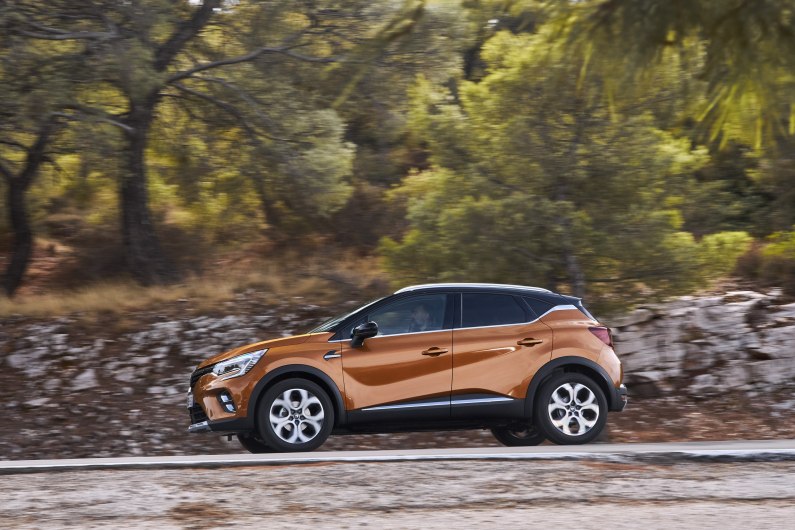
(Renault)
The Captur is offered with a new range of five engines – three petrols and two diesels. Both manual and automatic transmissions are available throughout the line-up, with both the entry-level TCe 100 petrol and dCi 95 diesel paired exclusively with manual ‘boxes. Interestingly, this is the pick of the transmissions as the automatic simply isn’t good enough.
With the popularity of diesels falling, it’s likely that the petrol units will be favoured by buyers. Customers have the option of 99bhp, 129bhp and 153bhp engines – with the middle option already used in the Megane and Kadjar.
Of the petrol options, the base 99bhp unit can return a claimed 47.1mpg and 118g/km CO2 – but that can be trumped by both diesels. Renault claims that they can return 58.9mpg, with the entry 94bhp unit slightly cleaner in terms of CO2g/km – although there isn’t much difference between them.
What’s it like to drive?
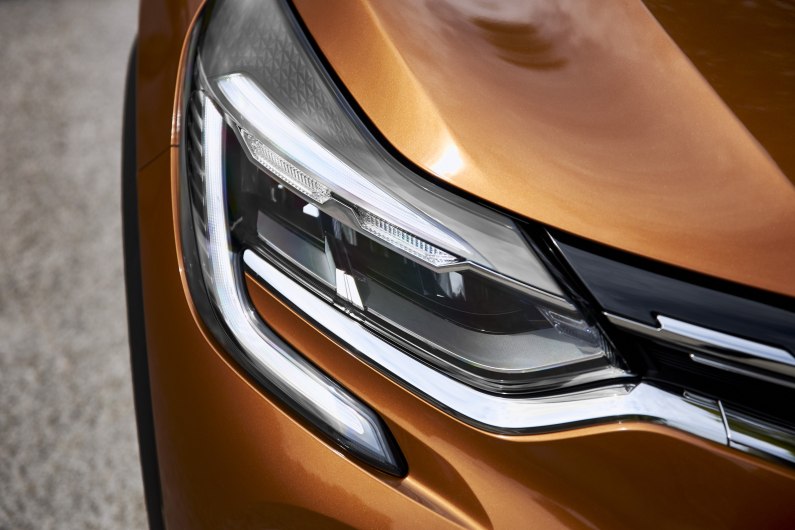
(Renault)
On the road it’s remarkably firm, crashing over larger pot holes and failing to soak up even the most modest of bumps. It’s comfortable inside, with the decent seats giving plenty of support but the driving position feels a little cramped. The diesel engines are a little noisy while the automatic is poor – slow to shift and often wrapping itself in knots. Our pick would be a petrol engine with a manual gearbox – a combination few would have recommended a few years ago.
